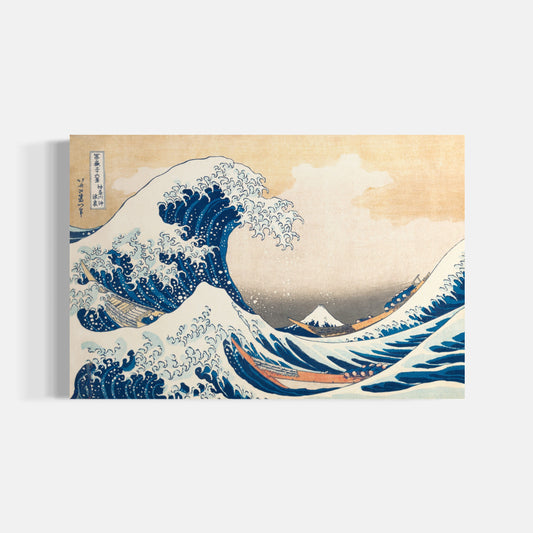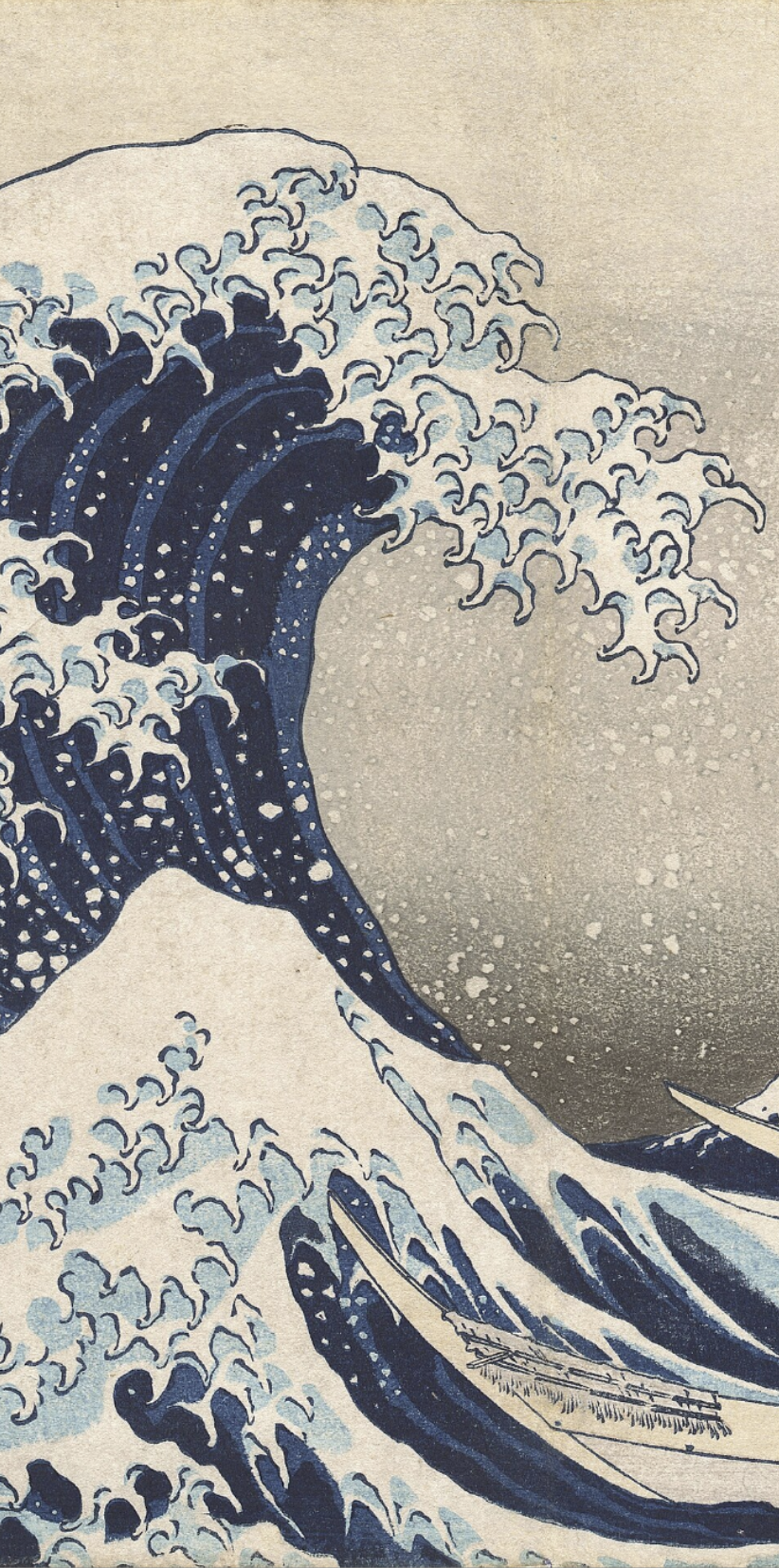
Japanese prints
Era: 1800 - 1870
The artistic movement of Japanese prints, called "ukiyo-e", reached its peak during the Edo period (1603-1868) in present-day Tokyo, Japan, spanning from the 17th to the 19th century.
Technically, we are talking about printing with ink on a flexible support such as paper or fabric from a matrix engraved in wood or stone. “Ukiyo-e” translates as “images of the floating world” highlights an aesthetic focused on the fleeting beauty of city life and the ephemeral pleasures of a world in perpetual change. Recurring themes include beautiful women, courtesans, erotic scenes, theater, sumo wrestlers and fantastical creatures, such as the iconic work “The Great Wave of Kanagawa” by the great Hokusai.
Japanese Prints are the union of several talents. The designer who draws the master drawing. The engraver, who carves the design on the wooden boards, one for each color. The printer who spreads the ink and color pigments on the different blocks before pressing the support on each of them successively, to generally produce 30 to 40 different copies. It is recognized that each unit produced becomes a unique copy. Finally the editor, the conductor who brings together all these talents.
Ukiyo-e has had a notable influence on Western art, with artists such as Claude Monet and Vincent van Gogh drawing much inspiration from it.
Remarkable Artwork
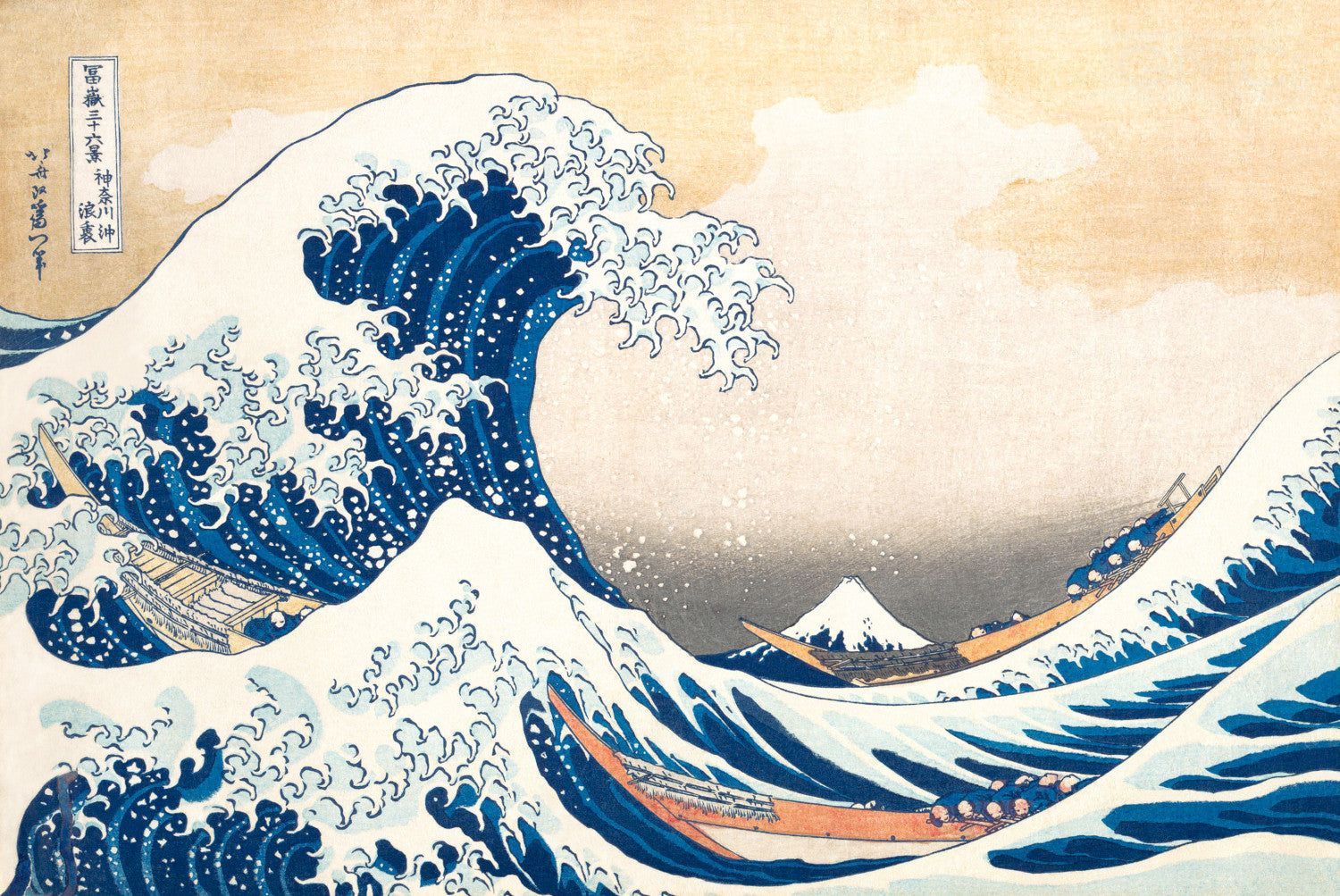
The Great Wave of Kanagawa
Hokusai
Year of creation: 1830-31
Estimated Market Value: 15 M$
Original Format: 26 cm x 38 cm
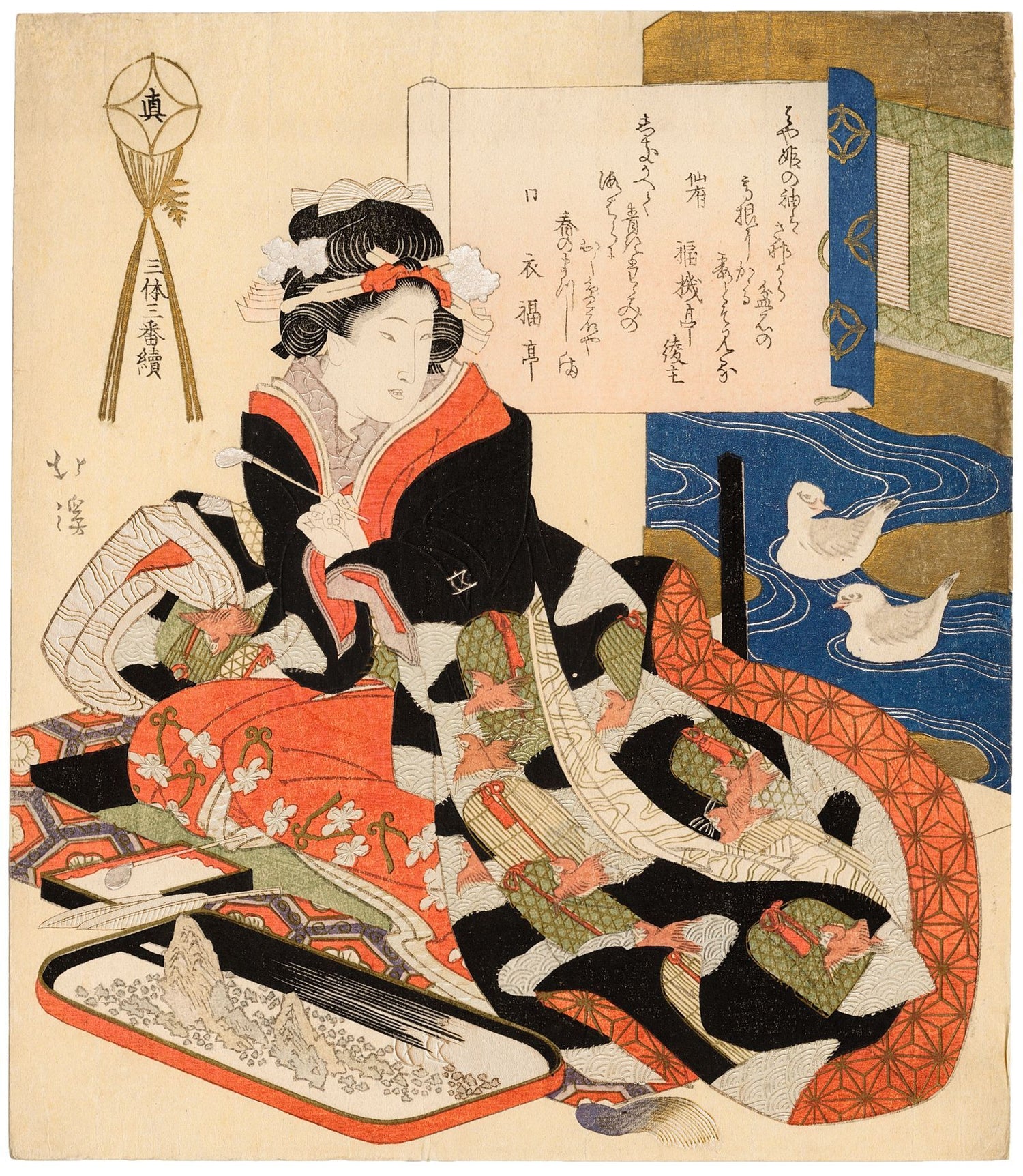
Bamboo Shoots
Totoya Hokkei
Year of creation: 1820
Estimated Market Value: N.A.
Original Format: 21.4 cm x 18.7 cm
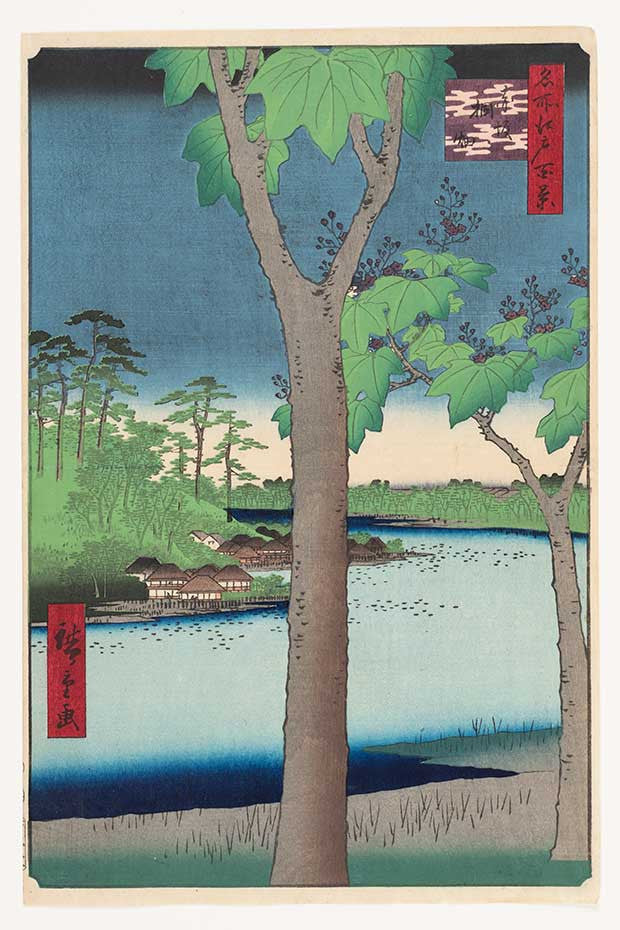
The Paulownia Garden
Utagawa Hiroshige
Year of creation: 1856
Estimated Market Value: N.A.
Original Format: 112 cm x 88 cm
Available to Purchase
-
The Great Wave of Kanagawa
Regular price From $197.00 CADRegular priceUnit price / per


